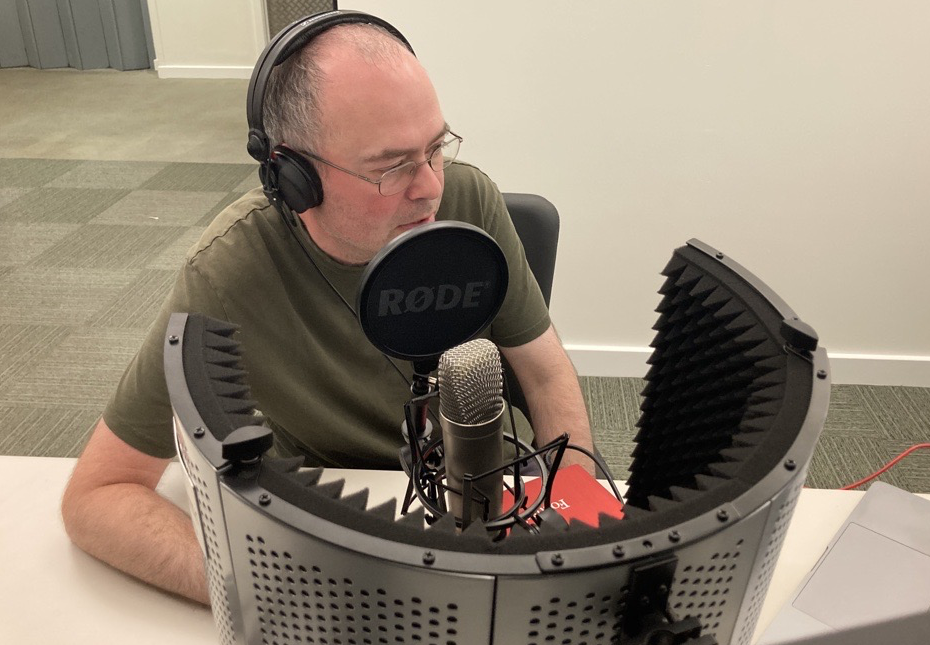In this post, I’ll show you how we used an assessment technique called adaptive comparative judgement to help learners distinguish between good and bad practice in interviews, and how we arrived at a novel animation technique to create video on a budget.
Using adaptive comparative judgement to teach good practice
In our online programmes students study independently and, in some of the more subjective disciplines, it can be a challenge to convey to learners what good practice looks like. An assessment technique called adaptive comparative judgement allows learners to compare and evaluate two items to identify which is best. This encourages reflection not only on what a good answer looks like, but why it is good.
We used this approach to help students to explore and evaluate job interview techniques on our BSc Business Administration module, Employability and human resource management. We developed two videos for students to compare, choosing video as it allowed us to include visual information including body language, and aural information such as spoken tone – all important factors in a job interview!


The students are asked to watch both videos, then reflect and make notes on what made the good interview good, and the bad interview bad to help. Through this activity students gain a richer understanding of job interview techniques.
A novel technique for producing a video on a budget
We are very lucky at UoL as we have a fully equipped recording studio, professional videographers and a talented motion graphics designer. However, we have limited time and budget, meaning we can’t hire actors or shoot videos that could take up a lot of filming or editing time.
After much discussion, we decided that the quickest way to produce this would be to make an audio recording of the interview dialogue and develop an animation afterwards.
The script and voices
Dr Irene Yu, our academic subject expert from Royal Holloway, University of London, wrote the scripts; I recruited a talented colleague, John, to act as the interviewee; and I volunteered myself to act as the interviewer. We used one of our new self-service recording booths to record the dialogue, managed by our video editor and producer Ollie. This turned out to be a very quick way of working: John and I did our practice and recording for both videos in less than an hour.


Animation and lip-syncing
Our motion graphic designer Taj took the audio recordings and developed some rather impressive animations to bring the interviews to life. He created individual visual elements for each character using Adobe Illustrator, and then animated the scenes using Adobe Character Animator to automatically lip-synch the characters with the audio track. A final edit was done by our video editors in Adobe Premier Pro.
Here is a short excerpt from each video:
An approach for the future
Using the resources we had in-house, some clever animation software, and a lot of creative thinking, we developed two good quality videos in a short space of time.
The videos have a whimsical charm to them, I think that they will prove to be memorable to the students who watch them. We are looking forward to the student feedback! I think we can use this idea in future to make similar videos where visual and aural cues are important for example, how to be an active bystander or, how to conduct an appraisal.
